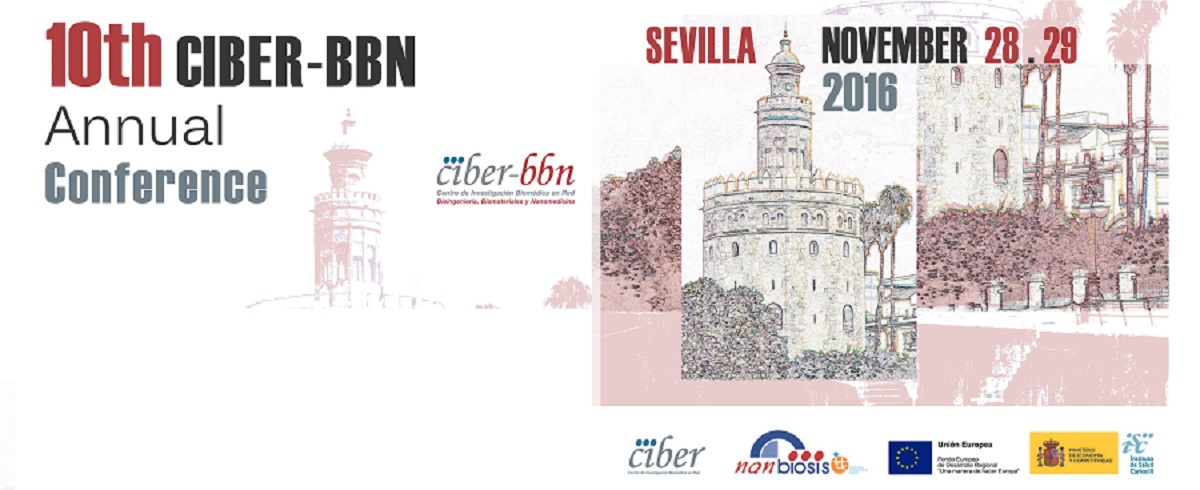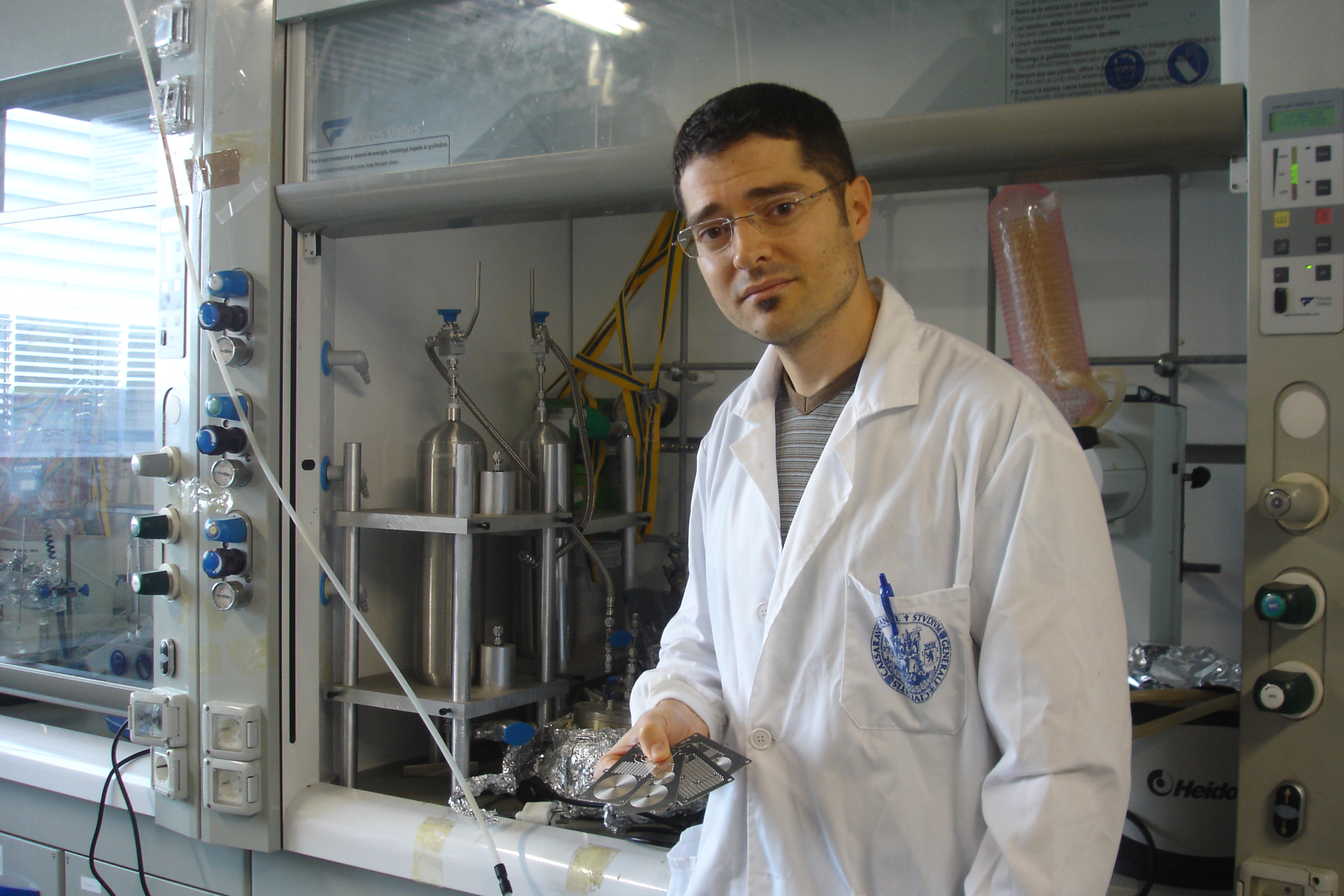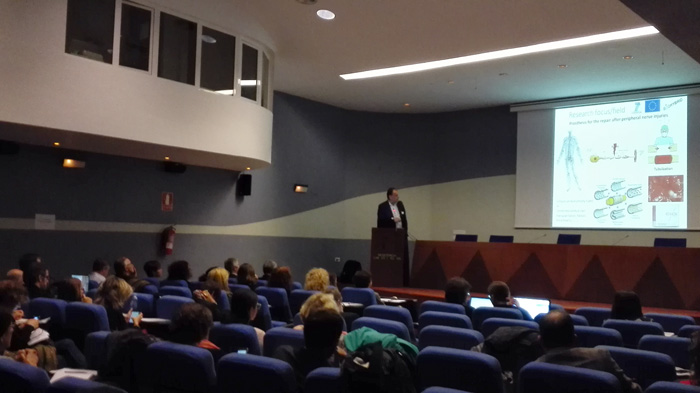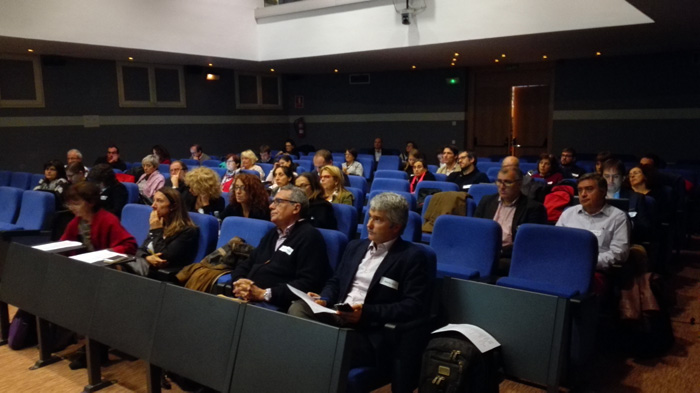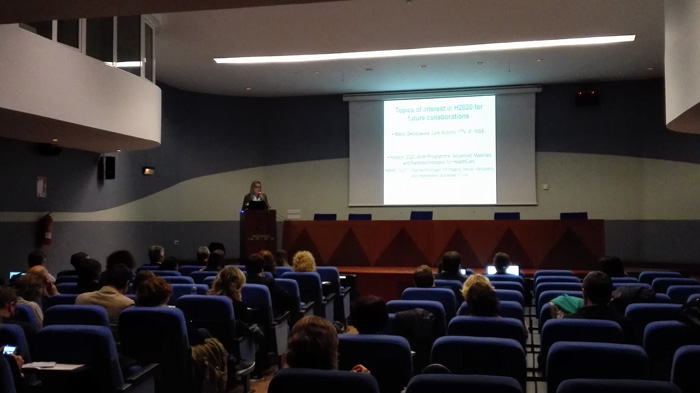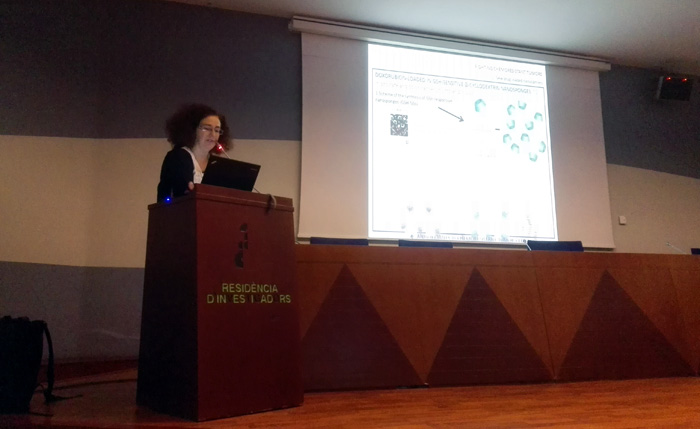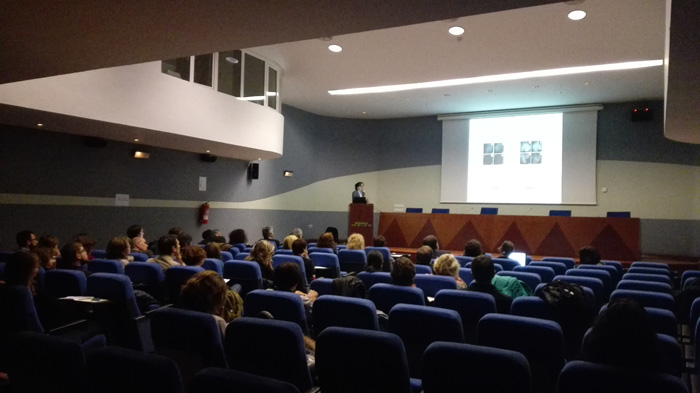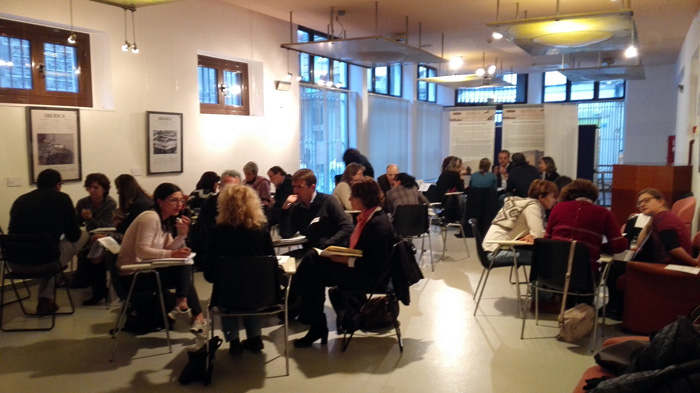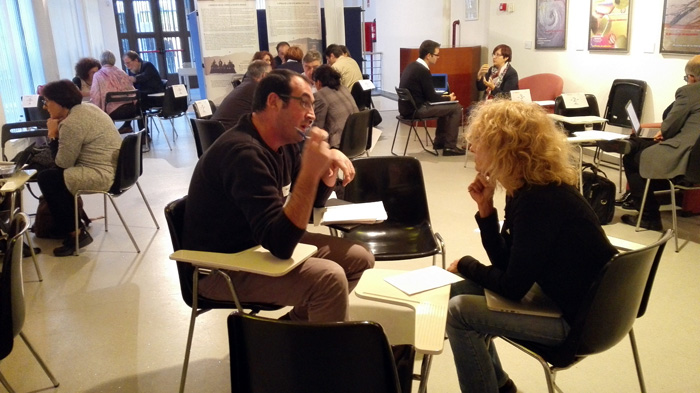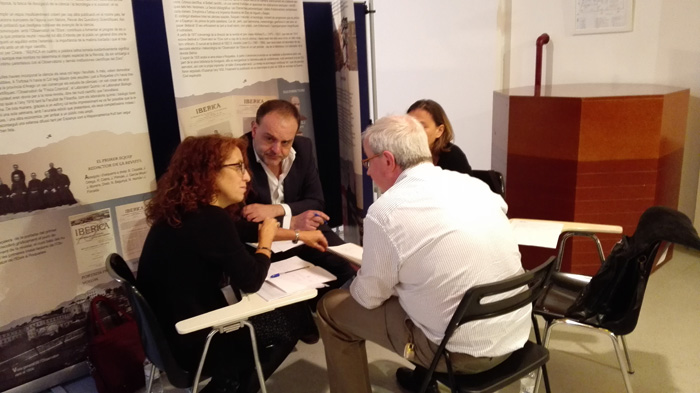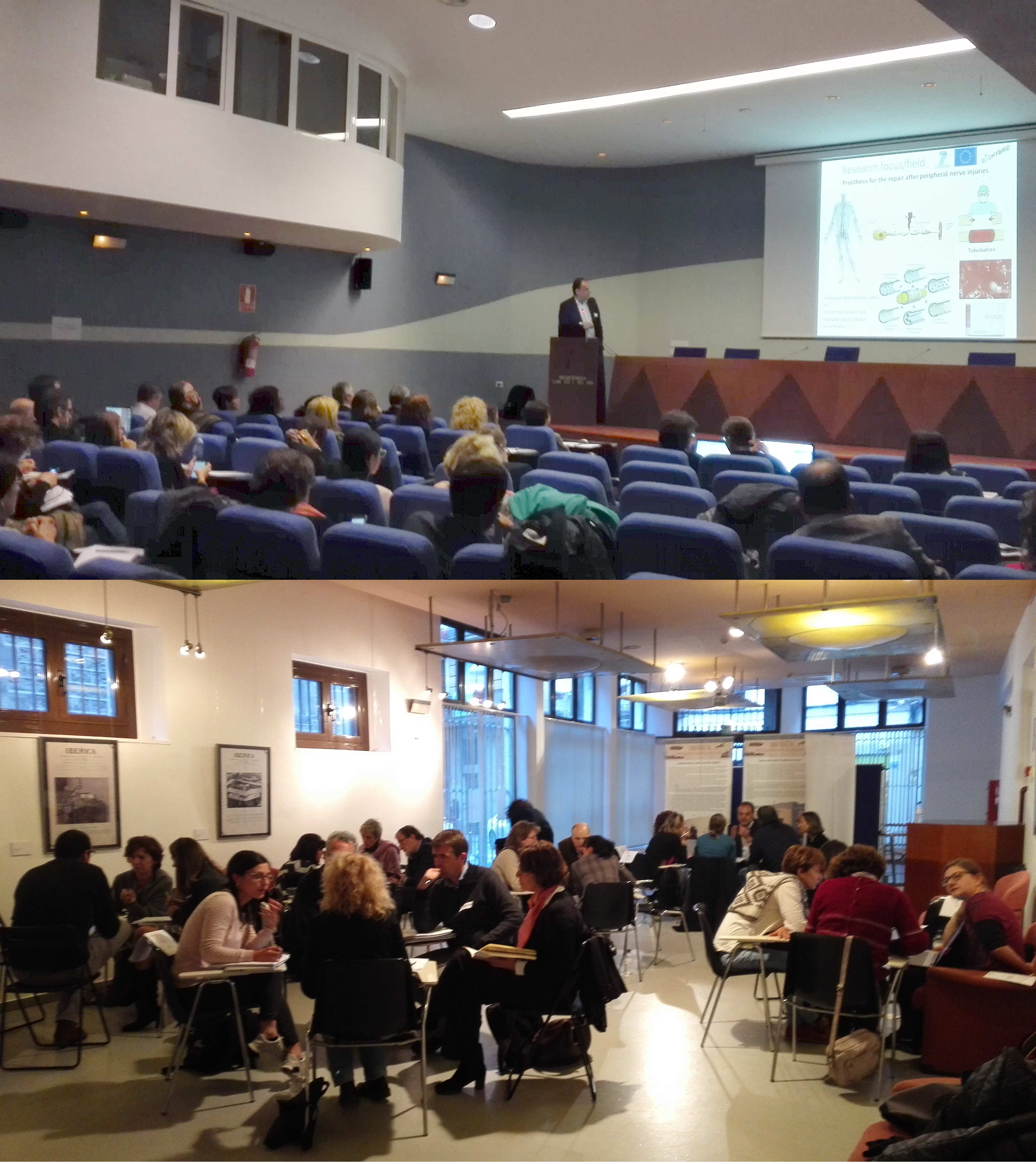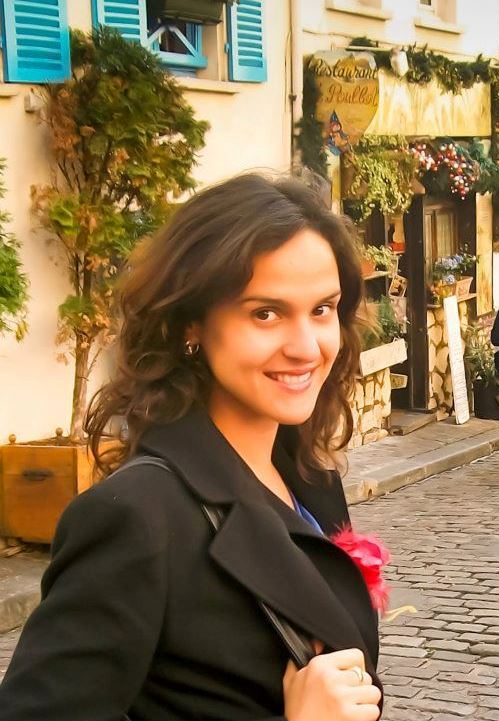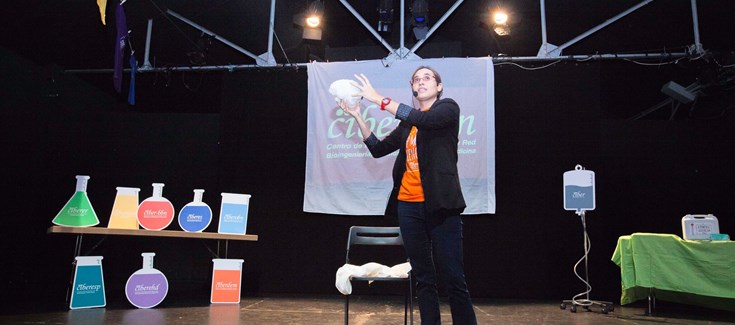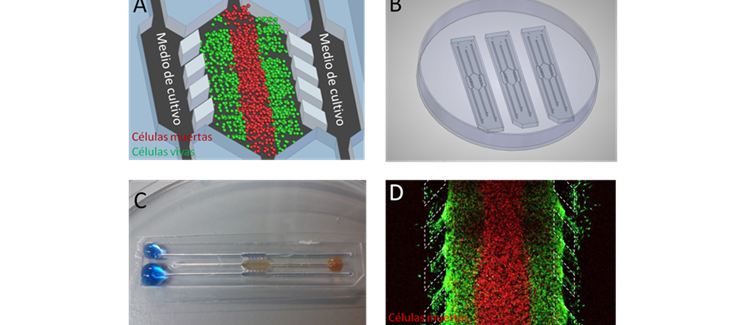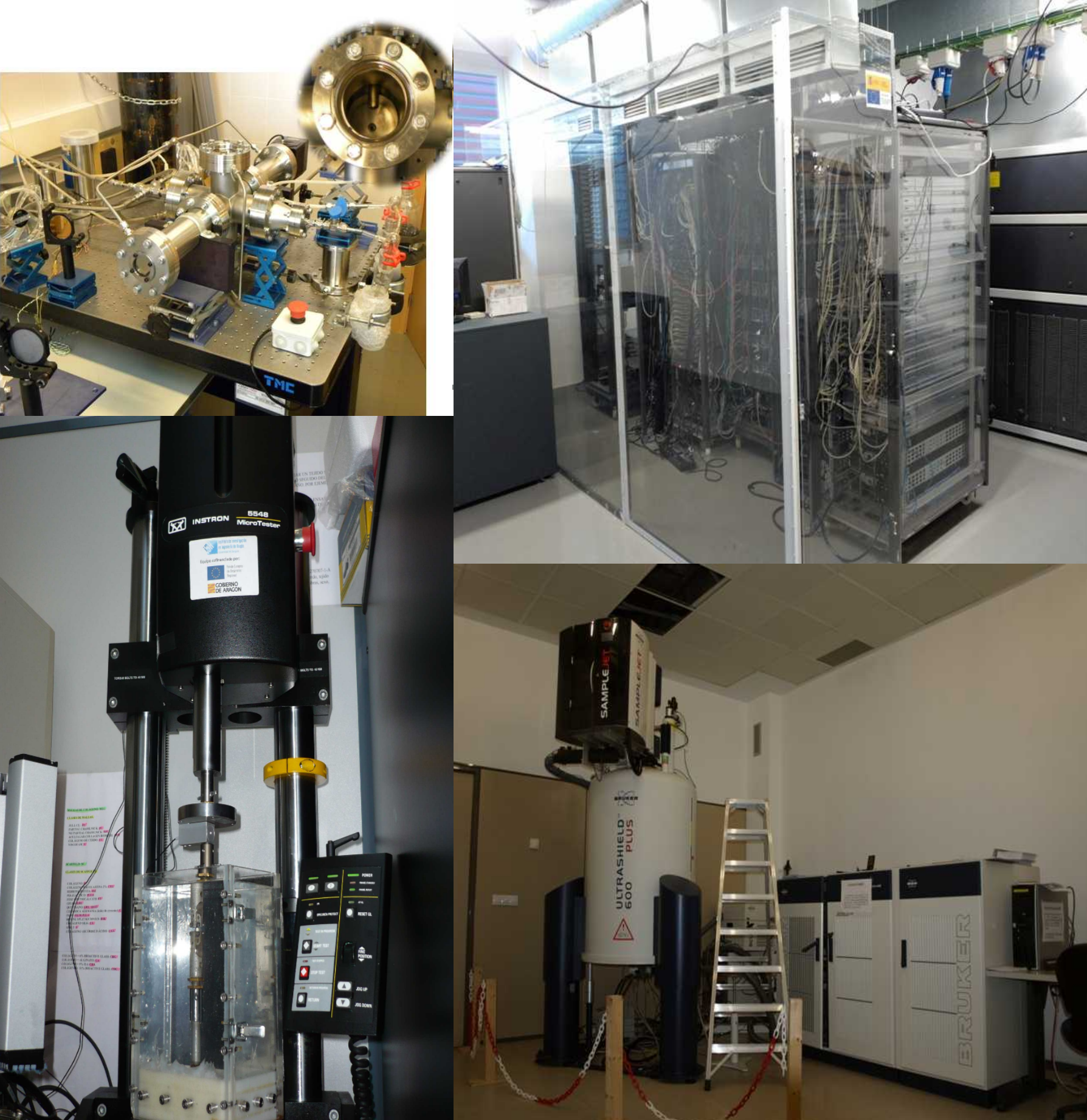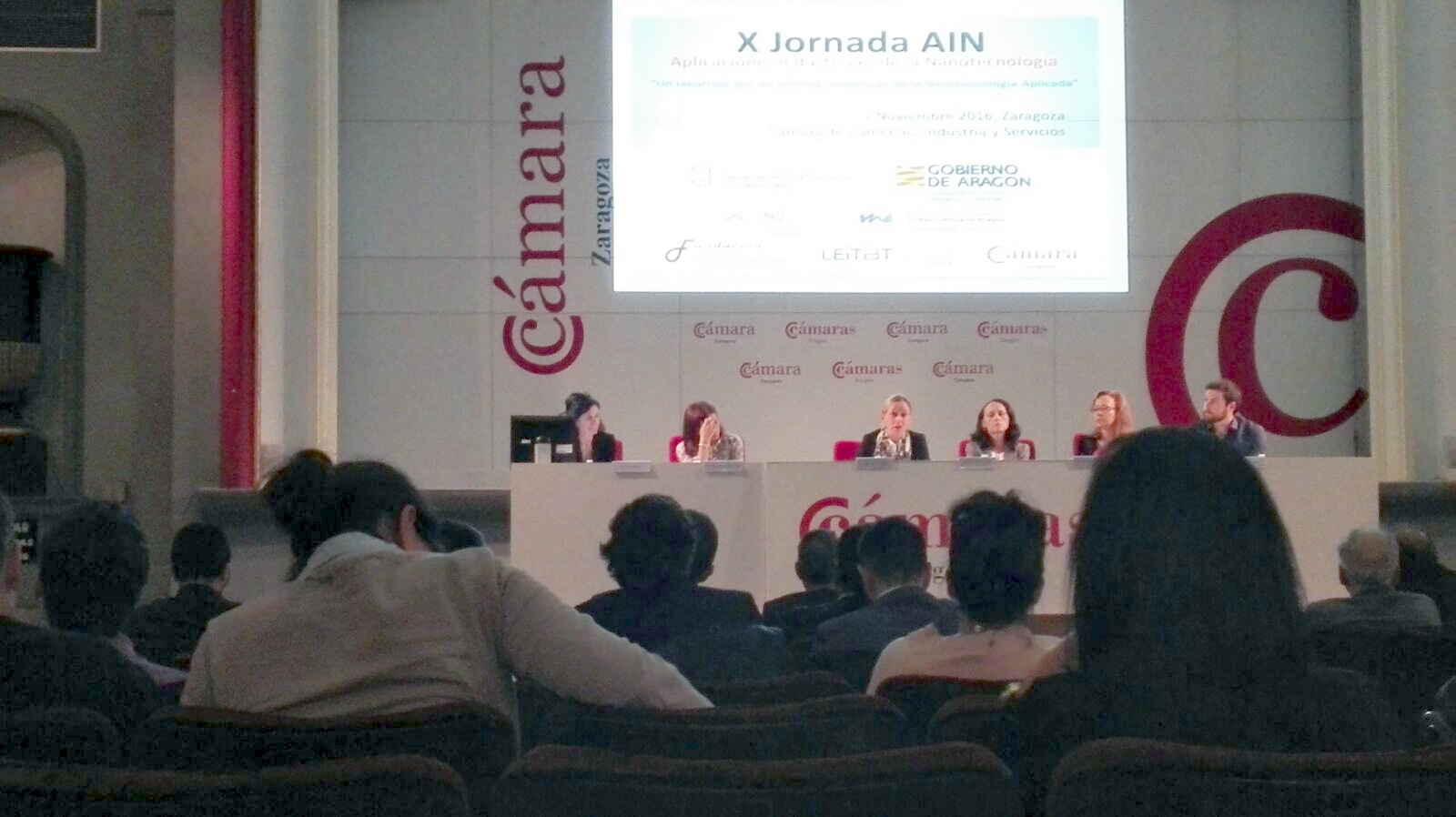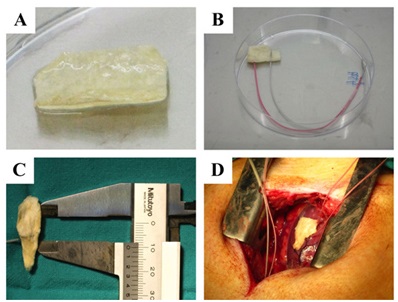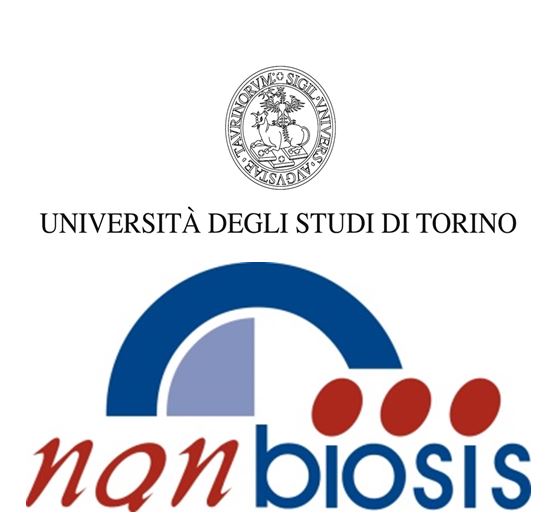X Annual Conference of CIBER-BBN
The next days 28 and 29 of November the X Annual Conference of CIBER-BBN will be held in Seville.
Within this Conference, 3 thematic forums have been organized for clinical translation, where doctors will present the current challenges of diagnosis and treatment in certain diseases and a debate will open between doctors and
researchers to develop research lines and projects aimed at solving those needs.
Taking advantage of the presence of clinical professionals, NANBIOSIS has organized a session dedicated to presenting itself as “Unique technological scientific infrastructure” (ICTS in Spanish) as well as the nodes that are
part of it. Some cases of success and results will be also presented in order to ´make known the services and advantages offered by NANBIOSIS and facilitate the translation of the research developed in the ICTS.
This session will be attended by Ángela Fernández Curto, Assistant Deputy Director General for Planning of Scientific and Technological Infrastructures MINECO who will explain what is and “ICTS”, Jaume Veciana and Jesús Izco, Scientific Director and Coordinator of NANBIOSIS respectively who shall give some general explanations about NANBIOSIS and what has been done in this year of progress since its recognition as ICTS by MINECO,
Finally, The broader part of the session will be led by the following Coordinators or Scientific Directors of the NANBIOSIS Platforms, who will make a brief presentation of each and will present some cases of success:
- Pilar Marco: Biomolecules Production Platform
- Nora Ventosa: Biomaterials and Nanomaterials Production Platform
- Ramón Mangues: Tissue, biomaterial and surfaces characterization Platform
- Ibane Abásolo: Bioimaging Platform
- Pablo Laguna: High Performance Computing Platform
- Francisco Miguel Sánchez-Margallo CCMIJU Units
Also at the Conference, the NANBIOSIS Scientific Advisory Committee will meet to discuss the key actions of its next Strategic Plan, such as the new Cascade Characterization Service for the preclinical evaluation of nanomedicines.
